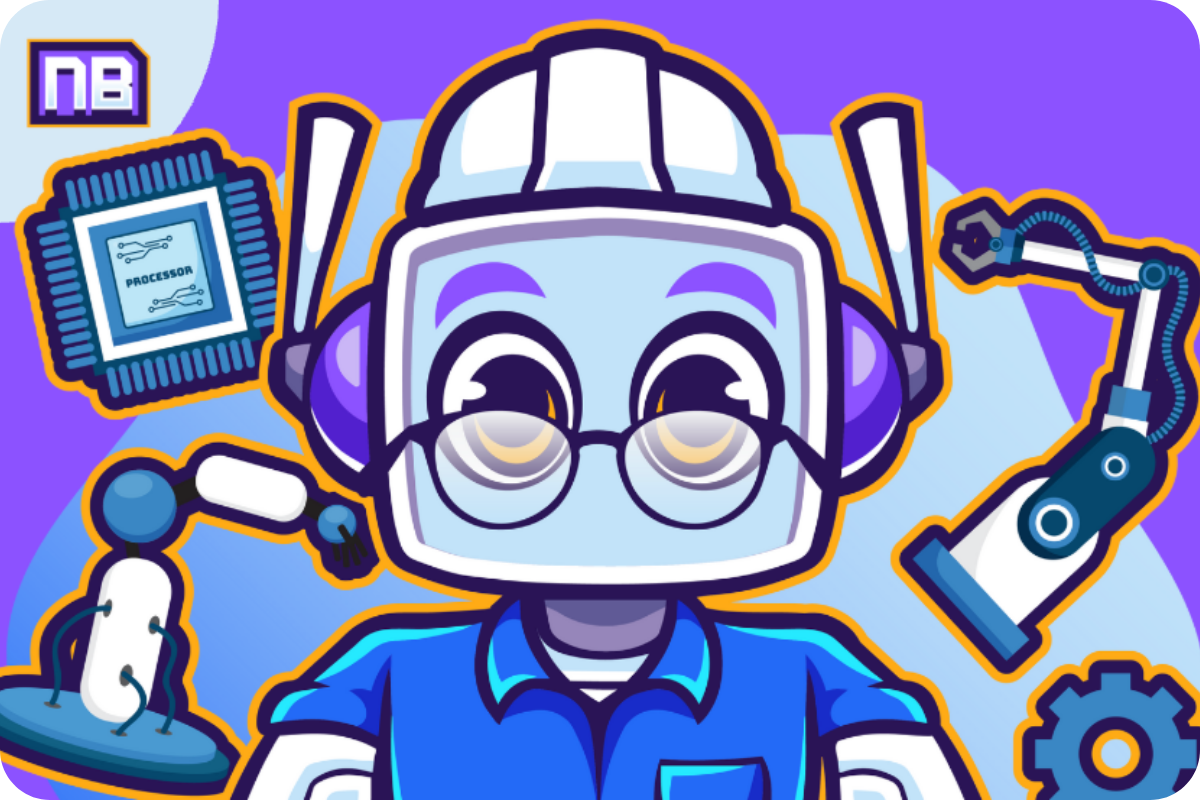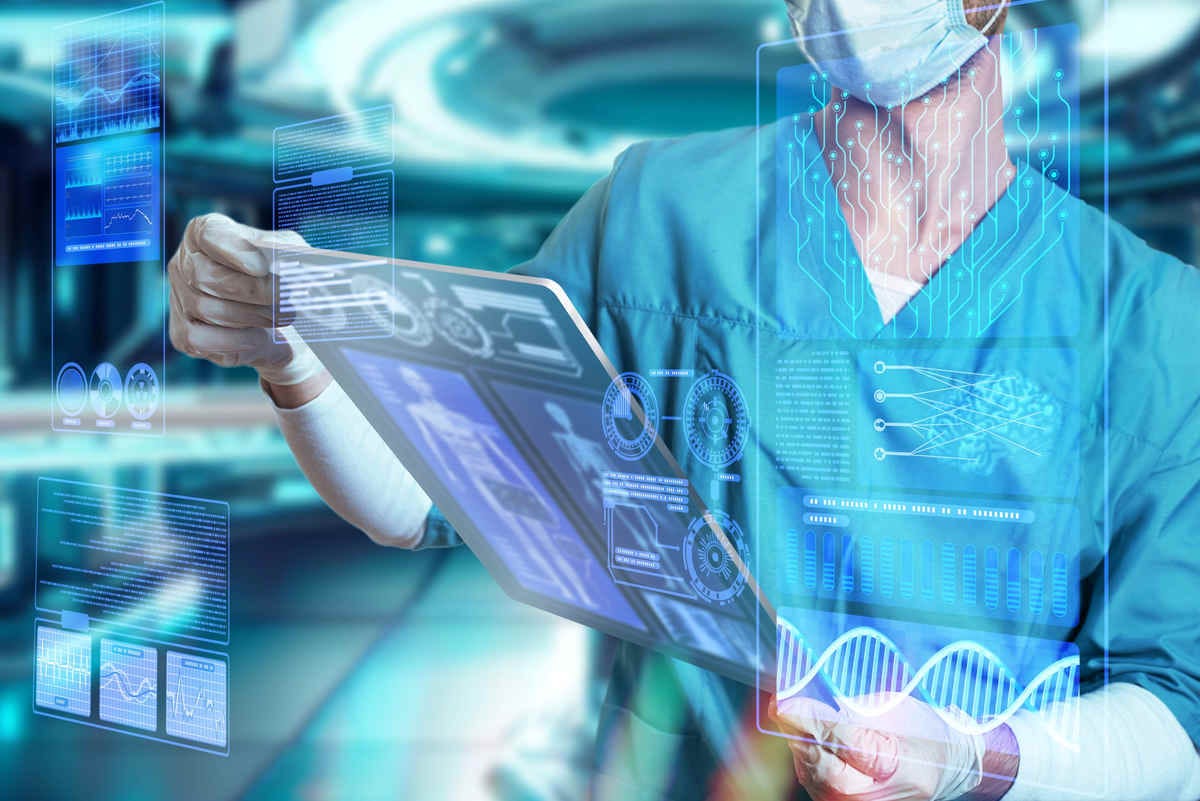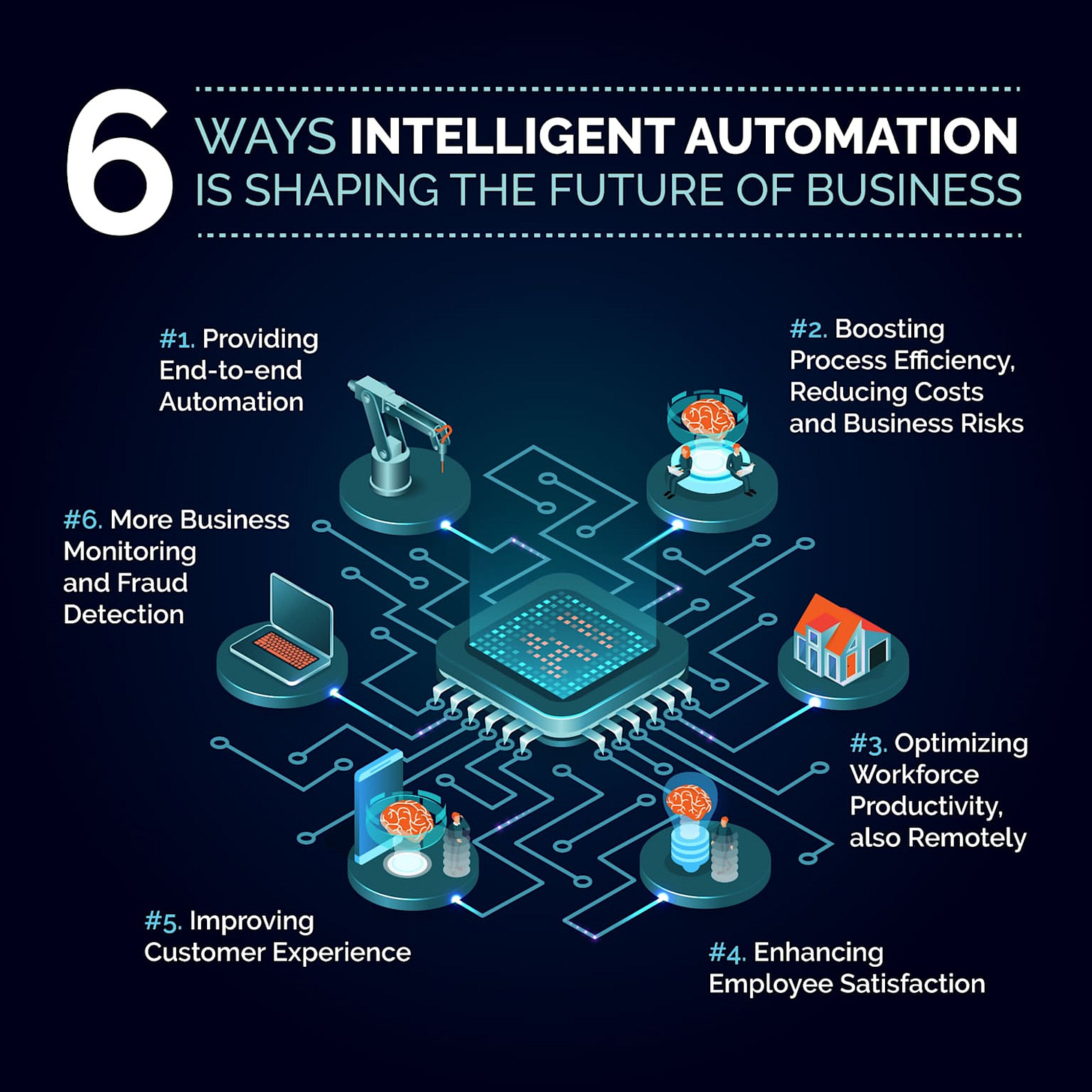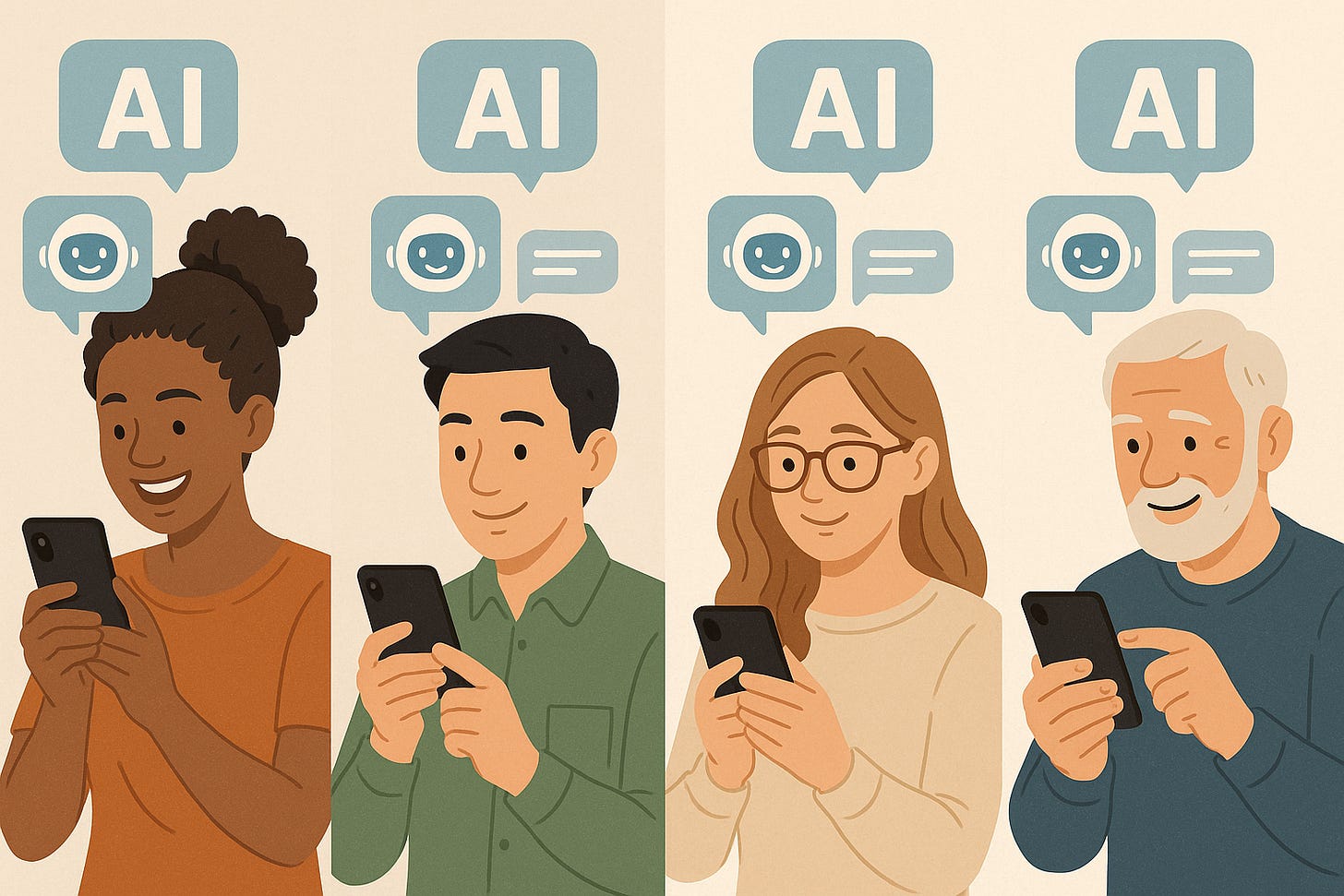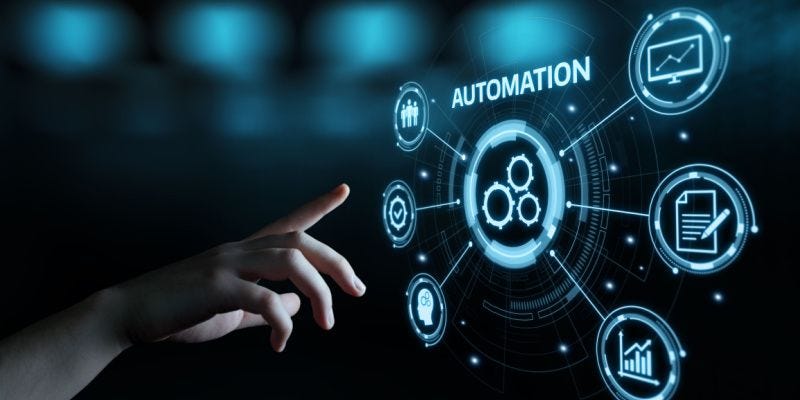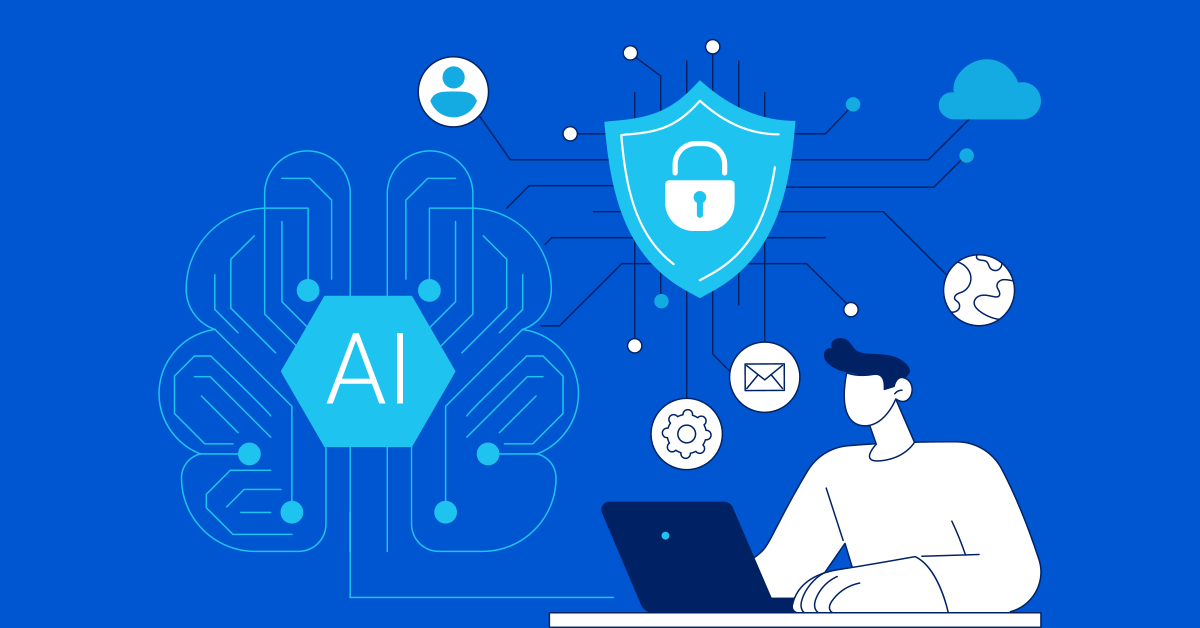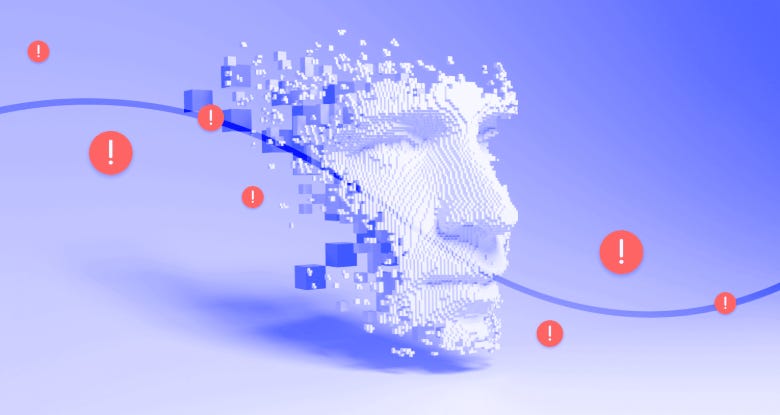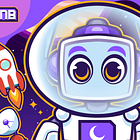Balancing Progress: 5 Major Upsides and Downsides of AI
Understanding How Artificial Intelligence is Changing Our Daily Lives
Living with AI: Convenience Meets Concern
Artificial Intelligence is no longer the stuff of science fiction. It's reshaping how we live, work, and interact with the world around us. From the moment you wake up and check your smartphone to the personalized recommendations you see on streaming platforms, AI has quietly woven itself into the fabric of our everyday experiences. But like any powerful technology, AI comes with both benefits and concerning challenges that could affect us all.
Table of Contents
🕖 TL;DR
🏆 Top 5 Benefits of AI
🧬 Revolutionary Healthcare and Medical Diagnosis
🏢 Enhanced Workplace Productivity and Efficiency
📚 Personalized Education and Learning Opportunities
🏠 Improved Daily Life Convenience and Assistance
🎨 Enhanced Creativity and Content Creation
🏆 Top 5 Drawbacks of AI
⚠️ Widespread Job Displacement and Economic Disruption
🕵️ Privacy Erosion and Surveillance Concerns
⚖️ Algorithmic Bias and Discrimination
🧠 Misinformation and Deepfake Technology
🤖 Over-Reliance and Loss of Human Capabilities
🚦 Looking Ahead: Navigating the AI Future
TL;DR
Key Benefits of AI for the General Population
Healthcare Transformation:
AI enables earlier, more accurate diagnoses and accelerates drug discovery and personalized treatment plans.Workplace Efficiency:
Automates repetitive tasks, boosts productivity (up to 40%), and increases business performance and revenue.Personalized Education:
Adaptive learning platforms tailor content to individual student needs, improving outcomes and access worldwide.Everyday Convenience:
AI powers virtual assistants, smart recommendations, real-time navigation, fraud detection, and budget management.Creative Empowerment:
Artists, musicians, and writers leverage AI tools for ideation, production, and professional-grade content creation.
Key Drawbacks of AI for the General Population
Job Displacement:
Up to 40% of jobs may be impacted, especially entry-level white-collar roles, causing economic and societal disruption.Privacy & Surveillance Risks:
Massive data collection fuels AI, raising concerns about consent, government surveillance, and corporate misuse.Algorithmic Bias:
AI systems can perpetuate discrimination in healthcare, hiring, criminal justice, and more, often invisibly.Misinformation Threats:
Deepfakes and AI-generated content can spread falsehoods rapidly, undermining public trust and media integrity.Over-Reliance on AI:
Excessive dependence may erode human skills such as critical thinking, problem-solving, and interpersonal communication.
The Top 5 Benefits of AI
1. Revolutionary Healthcare and Medical Diagnosis
AI is transforming healthcare in ways that seemed impossible just a decade ago. Machine learning algorithms can now analyze medical images with remarkable precision, often detecting diseases like cancer, heart conditions, and neurological disorders earlier and more accurately than traditional methods.
Today's AI-powered diagnostic tools can process vast amounts of medical data in seconds, identifying patterns that might take human doctors hours or days to recognize. For example, AI systems can predict acute kidney injury up to 48 hours before it occurs, giving medical professionals crucial time to intervene. Google's AI has achieved over 90% accuracy in detecting diabetic retinopathy from eye scans, potentially preventing blindness in millions of people worldwide.
The impact extends beyond diagnosis. AI assists in drug discovery, reducing the time needed to develop new medications from decades to years. It helps personalize treatment plans based on individual patient data, improving outcomes while reducing side effects. For the average person, this means access to more accurate diagnoses, faster treatment, and potentially life-saving early detection of serious conditions.
2. Enhanced Workplace Productivity and Efficiency
AI is revolutionizing how we work, making employees more productive and freeing them from repetitive, mundane tasks. Studies show that workers using AI tools can boost their performance by up to 40% compared to those without access to these technologies.
The technology excels at automating routine tasks like data entry, scheduling, email sorting, and report generation. This automation allows workers to focus on more creative, strategic, and meaningful aspects of their jobs. Customer service representatives using AI-powered tools are 13.8% more productive, while developers leveraging AI assistance complete 126% more projects weekly.
For businesses, AI-driven automation leads to significant cost savings, improved accuracy, and 24/7 availability. Companies using AI report over 10% increases in annual revenue compared to those that don't, while 72% of organizations with extensive AI integration report high productivity levels, compared to just 55% with limited AI adoption.
3. Personalized Education and Learning Opportunities
AI is democratizing education by making personalized learning accessible to millions of students worldwide. Unlike traditional one-size-fits-all approaches, AI-powered educational platforms adapt to individual learning styles, pace, and abilities.
These systems analyze student performance in real-time, identifying knowledge gaps and adjusting content difficulty accordingly. Students who struggle receive additional support and simplified explanations, while advanced learners can skip ahead to more challenging material. This personalized approach has shown remarkable results, with students using AI-driven adaptive learning programs experiencing a 62% increase in test scores.
AI also breaks down geographical and economic barriers to quality education. Students in remote areas can access world-class instruction through AI-powered tutoring systems, while language translation capabilities make educational content available across linguistic boundaries. The technology provides immediate feedback, tracks progress, and even predicts potential learning difficulties before they become problematic.
4. Improved Daily Life Convenience and Assistance
AI has seamlessly integrated into our daily routines, making life more convenient and efficient in countless ways. Virtual assistants like Siri, Alexa, and Google Assistant help millions of people manage their schedules, control smart home devices, and access information instantly through voice commands.
Recommendation algorithms enhance our entertainment experiences by suggesting movies, music, and content tailored to our preferences. Navigation apps use AI to analyze real-time traffic data, suggesting optimal routes and saving commuters valuable time. E-commerce platforms leverage AI to show us products we're likely to purchase, streamlining shopping experiences.
The technology also powers translation services that break down language barriers, enabling global communication and cultural exchange. AI-driven financial apps help users manage budgets, detect fraudulent transactions, and make informed investment decisions. These applications collectively save users hours each week while improving the quality of their daily interactions with technology.
5. Enhanced Creativity and Content Creation
Contrary to fears that AI might stifle human creativity, the technology is actually amplifying creative potential across various fields. AI tools now assist artists, musicians, writers, and designers in generating new ideas and exploring creative possibilities they might never have considered.
Musicians use AI to compose melodies, generate harmonies, and experiment with new sounds. Visual artists leverage AI to create stunning digital artworks, explore different styles, and produce content at unprecedented scales. Writers utilize AI assistants for brainstorming, editing, and overcoming creative blocks.
The democratization of creative tools means that individuals without extensive technical training can now produce professional-quality content. AI-powered video editing software, graphic design tools, and music production platforms are making creative expression accessible to broader audiences, fostering innovation and artistic exploration across all skill levels.
The Top 5 Drawbacks of AI
1. Widespread Job Displacement and Economic Disruption
Perhaps the most concerning aspect of AI's rapid advancement is its potential to displace human workers across various industries. Experts predict that AI could affect nearly 40% of jobs globally, with some sectors facing more significant disruption than others.
Recent predictions from industry leaders are particularly alarming. Anthropic's CEO warned that AI could eliminate 50% of entry-level white-collar jobs within the next five years, potentially pushing unemployment rates to 10-20%. Goldman Sachs estimates that 300 million jobs across the United States and Europe could be lost or significantly degraded due to AI adoption.
The impact isn't limited to manual labor or routine tasks. AI is increasingly capable of performing complex cognitive work, affecting professionals in law, finance, journalism, and other knowledge-based fields. While new jobs may emerge, the transition period could be particularly challenging for workers who lack the skills to adapt to AI-augmented roles.
The economic disruption extends beyond individual job losses. Entire communities built around specific industries may face significant challenges as AI automation changes the nature of work. This could exacerbate existing economic inequalities and create new forms of social division between those who can adapt to AI-enhanced work and those who cannot.
2. Privacy Erosion and Surveillance Concerns
AI's appetite for data poses significant threats to personal privacy and even civil liberties. The technology's effectiveness depends on analyzing vast amounts of personal information, often collected without users' full understanding or explicit consent.
AI-powered surveillance systems can track individuals' movements, analyze their behavior patterns, and predict their actions with concerning accuracy. Facial recognition technology, combined with extensive camera networks, enables unprecedented monitoring capabilities. In some countries, these systems are already being used to monitor and control citizens' activities.
The concern extends beyond government surveillance. Private companies collect enormous amounts of personal data to train AI systems, often repurposing information shared for one purpose to serve entirely different objectives. This data can include sensitive information about health conditions, financial situations, personal relationships, and political beliefs.
Data breaches involving AI systems pose particularly serious risks because of the vast amounts of consolidated personal information at stake. When these systems are compromised, the potential for identity theft, financial fraud, and personal harassment increases dramatically.
3. Algorithmic Bias and Discrimination
AI systems often perpetuate and amplify existing societal biases, leading to discriminatory outcomes that can significantly impact people's lives. These biases emerge from several sources: the historical data used to train AI systems, the demographics of AI development teams, and the assumptions built into algorithms.
Real-world examples of AI bias are numerous and concerning. Healthcare algorithms have been found to favor white patients over Black patients when determining who needs additional medical care. Facial recognition systems show error rates of less than 1% for light-skinned men but over 34% for dark-skinned women. Job recruitment algorithms have discriminated against female candidates, while criminal justice AI tools have shown racial bias in predicting recidivism rates.
These biases have serious consequences for affected individuals and communities. They can limit access to employment opportunities, healthcare, housing, and financial services. When AI systems make biased decisions at scale, they can systematically disadvantage entire groups of people, perpetuating and even worsening existing inequalities.
The challenge is particularly insidious because AI bias often operates invisibly. People may not realize they're being discriminated against by an algorithm, making it difficult to challenge unfair decisions or seek recourse.
4. Misinformation and Deepfake Technology
AI's ability to generate realistic but fabricated content poses serious threats to information integrity and democratic processes. Deepfake technology can create convincing videos, audio recordings, and images of people saying or doing things they never actually did.
While fears of a "deepfake apocalypse" during recent elections proved somewhat overblown, the technology continues to evolve and poses long-term risks. AI-generated misinformation can spread rapidly on social media platforms, exploiting people's biases and emotions to maximum effect.
The problem extends beyond obviously fake content. AI can generate subtle manipulations—"shallowfakes"—that are harder to detect but equally misleading. These technologies can be used to create fraudulent evidence, manipulate public opinion, and undermine trust in legitimate media sources.
Perhaps more concerning is AI's potential to create targeted misinformation campaigns. The technology can generate personalized false content designed to appeal to specific communities or individuals, making it more likely to be believed and shared.
5. Over-reliance and Loss of Human Capabilities
As AI systems become more sophisticated and ubiquitous, there's growing concern about human over-dependence on these technologies. This reliance can lead to the gradual erosion of critical thinking skills, decision-making abilities, and other essential human capabilities.
Studies have shown that excessive reliance on AI tools can diminish people's ability to think independently and solve problems without technological assistance. Students who rely heavily on AI for assignments struggle to complete similar work without these tools, raising questions about learning and skill development.
The phenomenon extends beyond academic settings. As AI takes over more cognitive tasks, people may lose the ability to perform these functions independently. This could create vulnerabilities when AI systems fail or produce incorrect results, leaving users unable to recognize or correct errors.
There are also concerns about the impact on social skills and human connections. As people interact more with AI systems and less with other humans, important social and emotional capabilities may deteriorate. This could affect everything from workplace collaboration to personal relationships and community engagement.
Looking Ahead: Navigating the AI Future
The artificial intelligence revolution is not a distant possibility—it's happening now, reshaping every aspect of human society. As we've explored, AI brings tremendous opportunities to enhance healthcare, boost productivity, personalize education, improve daily life, and amplify creativity. These benefits have the potential to solve some of humanity's most pressing challenges and create unprecedented prosperity.
However, the risks are equally significant. Job displacement, privacy erosion, algorithmic bias, misinformation, and over-reliance on technology pose serious threats that require careful attention and proactive solutions. The key to successfully navigating this transformation lies in acknowledging both the promise and the peril of AI.
As individuals, we can prepare by staying informed about AI developments, developing skills that complement rather than compete with AI capabilities, and advocating for responsible AI development and deployment. As a society, we must work together to ensure that the benefits of AI are distributed fairly while minimizing its potential harms.
The future we create with AI will depend on the choices we make today. By understanding both the opportunities and challenges ahead, we can work toward an AI-enabled world that enhances human potential while preserving the values and capabilities that make us uniquely human.
Sources:
Pew Research Center - "How the US Public and AI Experts View Artificial Intelligence" (2025)
International Monetary Fund - "AI Will Transform the Global Economy. Let's Make Sure It Benefits Humanity" (2024)
World Economic Forum - "Future of Jobs Report 2025" and "Global Risks Report 2024"
McKinsey & Company - "The State of AI: Global Survey" (2025)
Built In - "15 Risks and Dangers of Artificial Intelligence (AI)" (2024)
Content was researched with assistance from advanced AI tools for data analysis and insight gathering. 


